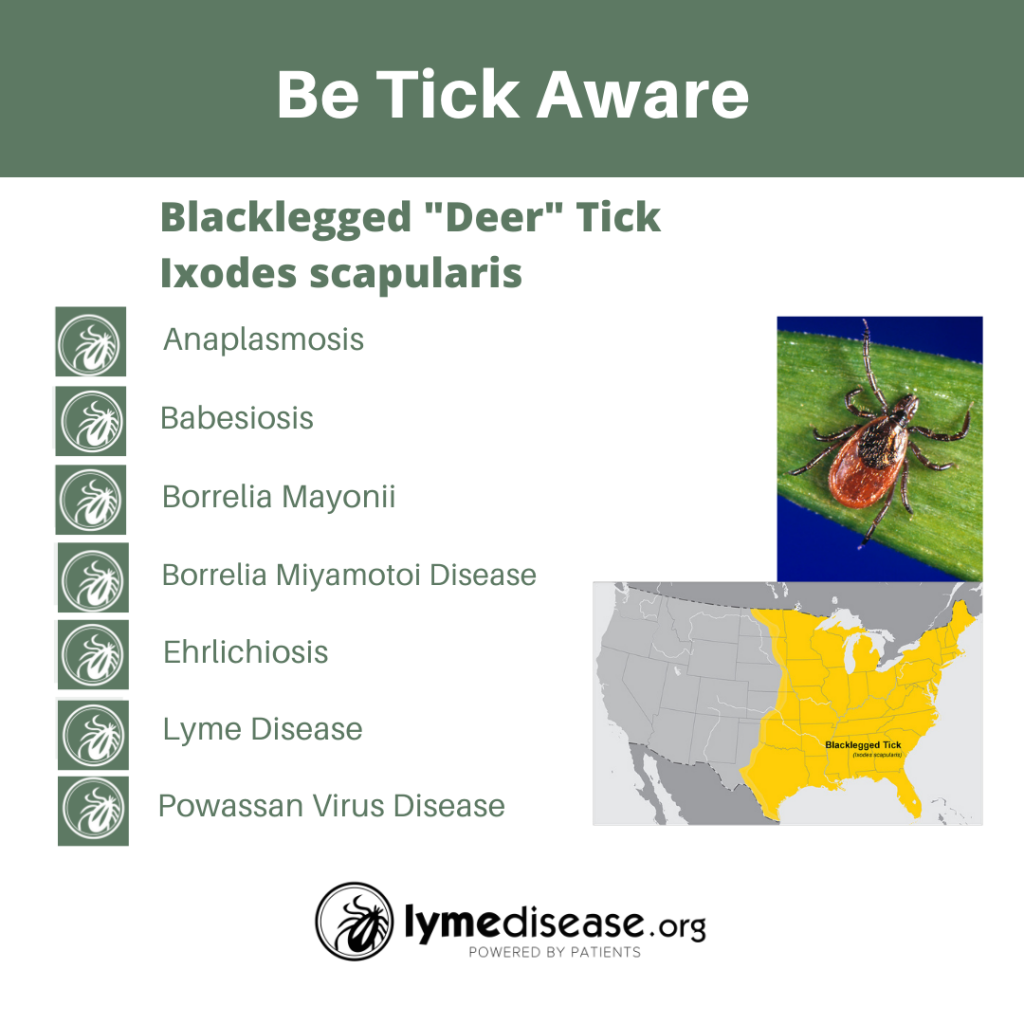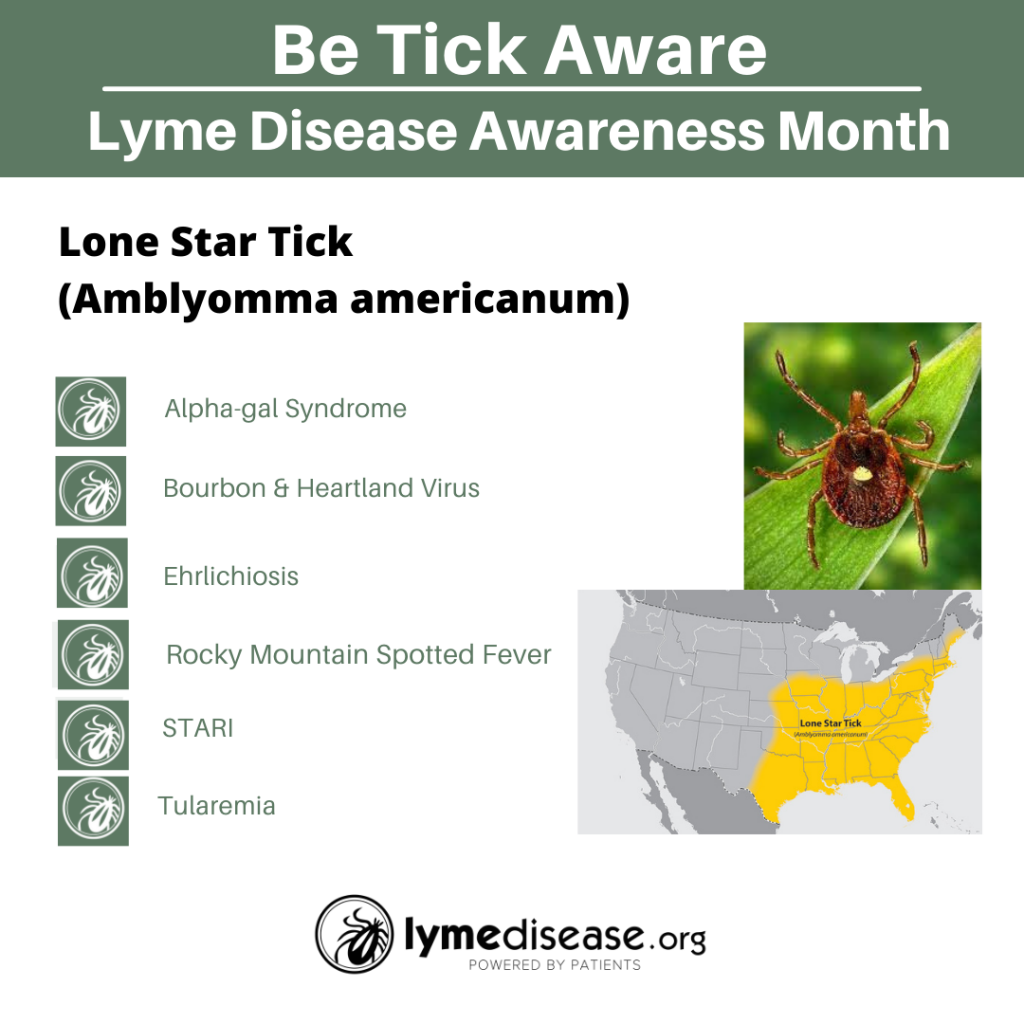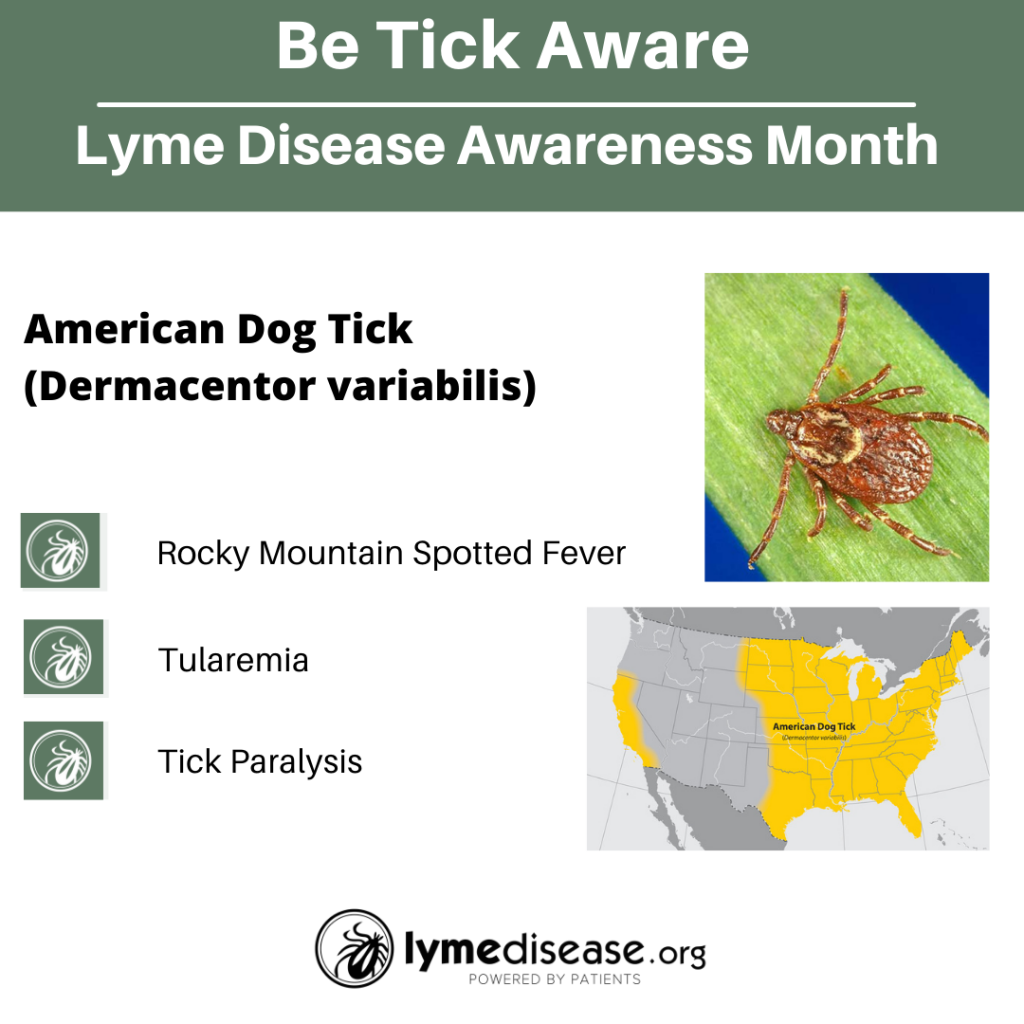On what part of the your body are ticks most likely to bite?

We all know ticks are stealthy little creatures—lying in wait, sometimes for months, for their next blood meal. But did you know different types of ticks prefer to bite different parts of the body?
Knowing where to look for ticks and how to remove them properly will help prevent illness and suffering.
Tick researchers from New York’s Upstate Medical University launched a citizen science project in 2019. People were encouraged to send in ticks they encountered in the state of New York.
Since then, the research team has published numerous studies on those ticks. Their most recent findings reveal the unique bite-site preferences of the three most common biting ticks—Ixodes scapularis, Amblyomma americanum and Dermacentor variabilis.
To track the human tick bites, the researchers condensed 21 different areas of the body into six segments. Those body segments are defined as follows:
- Head and neck: scalp, face, in/around ears, neck
- Thoracic: chest, armpit, upper back
- Upper limb (arm): shoulder, upper arm, lower arm/wrist, hand
- Abdominal: stomach, inside belly button, lower back
- Pelvic/pubic: groin, thigh, waist/hip
- Lower limb (leg): behind knee, calf/shin, ankle, foot
Blacklegged Deer Tick
For the blacklegged deer tick (Ixodes scapularis), the recorded adult tick bites were fairly evenly distributed throughout the body. Out of 1,066 adult blacklegged ticks submitted between April and November 2020, most were found in the groin/pelvic region (20%) the thoracic region (18%) and the head/neck (20%). The immature nymphal and larval ticks were more likely to be found in the pelvic/pubic region (31%) the arms (15%) and legs (19%).
The blacklegged deer tick found in the Northeastern US is a known to spread Borrelia burgdorferi (the cause of Lyme disease), Anaplasma phagocytophilum, Babesia microti, Borrelia miyamotoi, Ehrlichia and Powassan virus. Of the total I. scapularis ticks tested, approximately 40% were found to carry at least one pathogen, the majority of that being B. burgdorferi (32%).
Interestingly, ticks infected with Borrelia burgdorferi were most frequently found in the midsection.
 Lone Star Tick
Lone Star Tick
With the lone star tick (Amblyomma americanum) there was not a significant difference in the attachment points between adults or nymph/larva. Most were attached to the groin/pelvic region and thighs.
The lone star tick is known to transmit Rickettsia rickettsii (the cause of Rocky Mountain spotted fever), Ehrlichia chaffeensis, Ehrlichia ewingii, Francisella tularensis, Heartland virus, Bourbon virus, and STARI. Lone star ticks can also trigger alpha-gal syndrome, an allergy to red meat. Of the total A. americanum ticks tested, only 1.8% were infected with at least one pathogen.
 American Dog Tick
American Dog Tick
Most American dog ticks (Dermacentor variabilis) were found in the head/neck region, showing a strong preference for dense hair.
The American dog tick is known to transmit Francisella tularensis (the cause of tularemia), Rickettsia rickettsii (the cause of Rocky Mountain spotted fever) and tick paralysis. Fewer than 1% of the D. variabilis ticks tested in this study carried at least one pathogen.
 Check for ticks
Check for ticks
While the best defense against tick-borne diseases is to avoid tick exposure in the first place, the truth is most of us enjoy being outdoors, especially when the weather is nice. And guess who else enjoys nice weather? Ticks. So, while you’re out there having fun, remember those sneaky little buggers are too.
To prevent tick bites, it’s important to wear protective clothing, use tick repellent, and do frequent tick checks. If you find a tick attached to your skin, remove it as soon as possible using fine-tipped tweezers. If you develop symptoms such as fever, rash, or flu-like symptoms after a tick bite, seek immediate medical attention.
Resources
What to do if bitten by a tick
How to reduce ticks on your property
LymeSci is written by Lonnie Marcum, a Licensed Physical Therapist and mother of a daughter with Lyme. She served two terms on a subcommittee of the federal Tick-Borne Disease Working Group. Follow her on Twitter: @LonnieRhea Email her at: lmarcum@lymedisease.org.
Reference
Hart, C., Schad, L.A., Bhaskar, J.R. et al. Human attachment site preferences of ticks parasitizing in New York. Sci Rep 12, 20897 (2022). https://doi.org/10.1038/s41598-022-25486-7























We invite you to comment on our Facebook page.
Visit LymeDisease.org Facebook Page